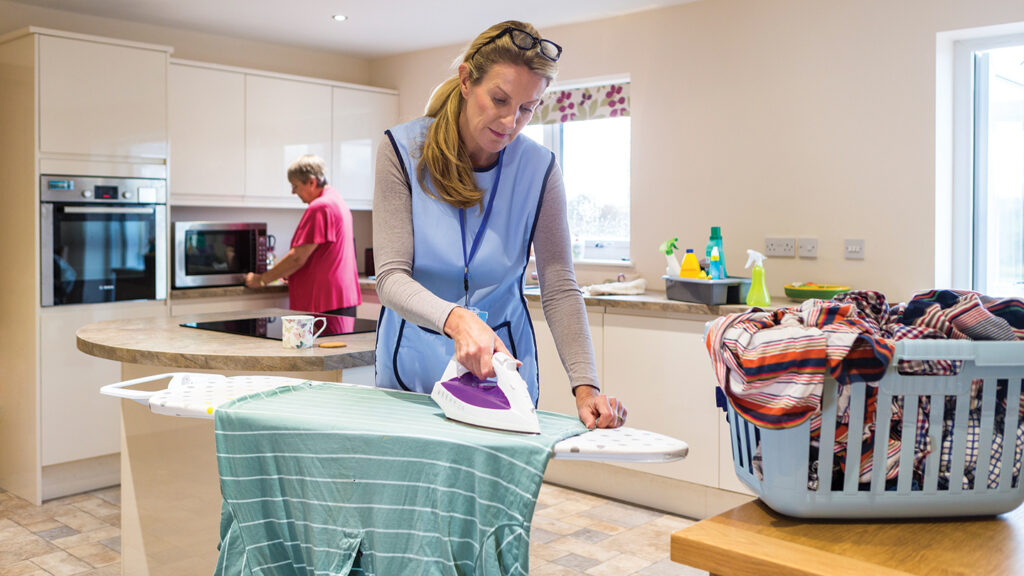
Staffing shortages that have decimated long-term caregiving also have hit laundry departments especially hard.
“There used to be dedicated staff for each unique job around a community,” observed Quentiel Jamerson, senior product consultant for Direct Supply. “Nursing cared for the residents, maintenance staff fixed building issues and housekeeping kept everything clean. Today, a [certified nursing assistant] may now have additional chores around housekeeping and preparing meals.”
Managers must be more “strategic,” and thoughtful of “a universal care worker mentality that has now unofficially become somewhat of a norm,” Jamerson added.
In a December survey of linen, uniform and facility service companies, TRSA concluded a universal truth: Paying higher wages is necessary to maintain service, said Ken Koepper, the organization’s director of member and industry relations.
A focus on processes they can control “is the single most effective way for operators to create efficiencies,” Jamerson added. “Having every step of the process defined, scheduled and assigned minimizes confusion and saves time,” he added, noting that operators with strong process controls had fewer pandemic service interruptions.
One key is better training, said David Groth, industrial laundry specialist for
Spartan Chemical. He also emphasized the value of standardizing processes such as loading and underloading.
Monitoring production productivity is another, Koepper added.
“Setting simple staff rules for process operations helps to increase efficiency, while educating on how to best prevent cross-contamination when processing both clean and dirty textiles,” said Paulo Rocha, sales manager for Miele. “When employees feel safe and use equipment that is simple to operate, operators realize their best chances of keeping [full-time equivalents].”
One way to avoid common mistakes is to incorporate more intuitive controls, said Randy Radtke, content and media relations manager at Alliance Laundry Systems. “It’s one of the best ways to deliver quality results and meet daily throughput requirements by leveraging intuitive controls.”

